As a man who lives on Florida’s Nature Coast, in view of the Gulf of Mexico, I’ve come to accept hurricanes as a way of life.
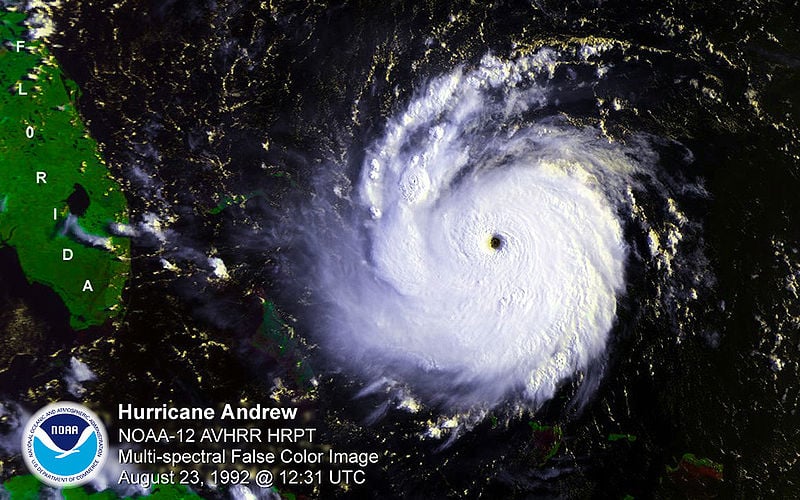
What I haven’t accepted is the crazy amount of panic they create.
Every year hurricanes come, and I can’t get my weekly dose of powdered donuts because my local Walmart is stripped clean of anything edible.
It’s not that I don’t think hurricanes are serious…they are serious business. Hurricanes raze communities and cause fatalities.
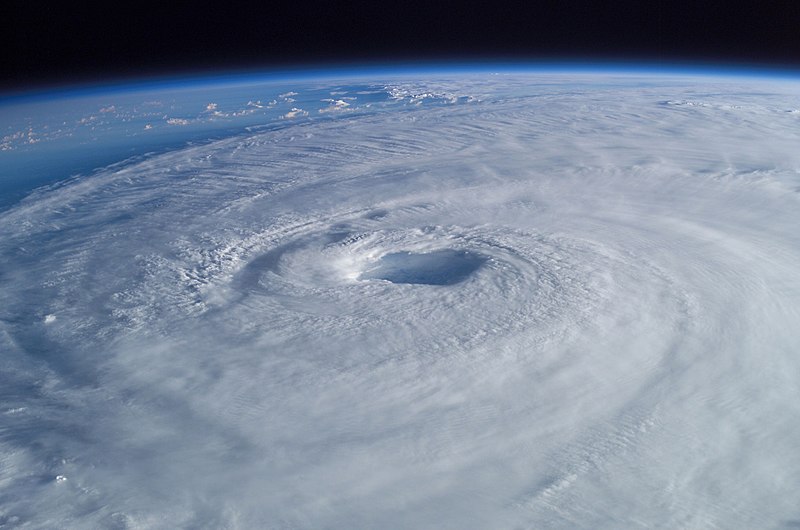
The frustrating part is that people wait until the last minute to prepare for days without power, food, and running water.
You’re not like those people, are you? No, of course not. You found this searching and researching how to prepare for a hurricane.
So, you’ve already taken the first step in preparing, and that’s learning. Good on you!
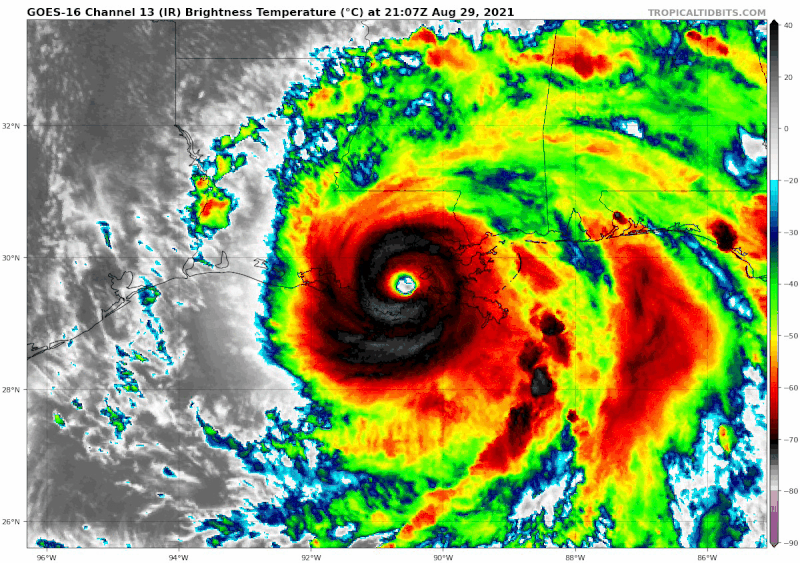
Since you’re here, let’s go over what you need to know to best prep for a hurricane.
We’ll talk about these natural disasters a little more, run through some supplies to have on hand, and the things you can do to be ready.
By the time we’re done, you’ll feel prepared next time a hurricane comes your way.
Table of Contents
The Seriousness of Hurricanes
Numbers give perspective, and the numbers behind hurricanes and the damage they cause are quite serious.
The Office for Coastal Management estimated that hurricanes caused $2.155 trillion in damages to from 1980 to 2021.
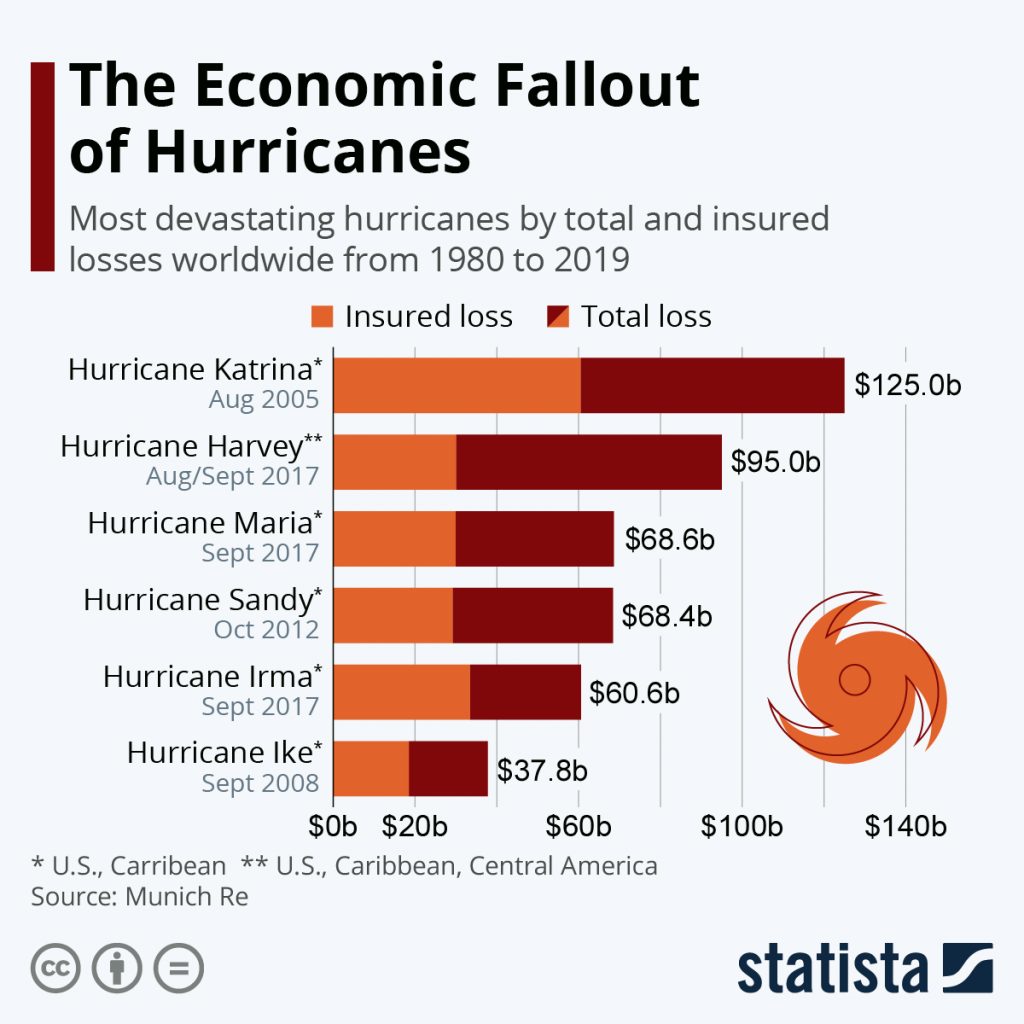
Fatalities can range broadly depending on the season, location, and severity.
One of the worst years this decade was 2017, with 147 deaths. Hurricane Katrina reportedly killed over 1,800 people.
Hurricanes completely destroy homes and neighborhoods, displacing thousands of people for months at a time.
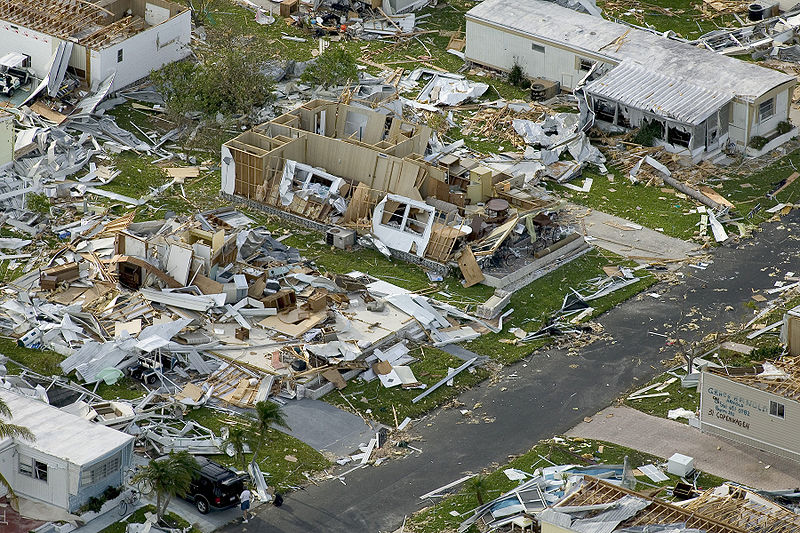
They are forces of nature that can’t be controlled or reasoned with. Hell, they can barely be predicted.
Prepping for one doesn’t make you some sort of crazy survivalist; it makes you prepared.
And preparing to survive a hurricane starts right now.
How-To Prep For A Hurricane
Buy a NOAA Radio
What’s the best piece of gear you can have?
A battery, hand-cranked, or hybrid-type NOAA weather radio.
These radios receive alerts sent from NOAA to warn of incoming danger.
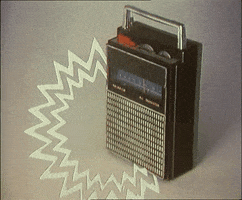
You don’t have to be constantly listening to the radio either. It will send out a piercing shrink before a message plays. It’s great for 3 a.m. wake-up calls.
Eton is recognized as one of the best options when it comes to price and functionality.
The American Red Cross model is a crank and solar model with a rechargeable battery.
-
25% off all OAKLEY products - OAKLEY25
Copied! Visit Merchant
It also features a USB charger allowing you to charge gadgets and gizmos. You’ll be cranking for a bit. But entertaining a bored toddler is worth it.
There’s also a built-in light, alarm clock, and red flashing beacon.
At less than $50, it’s a good buy if you live in an area with hurricanes, tornados, flooding, or other brutal weather events.
Stock Up on Food Now
Don’t be one of those people stocking up on my powdered donuts at the last minute. Stock up on food now.
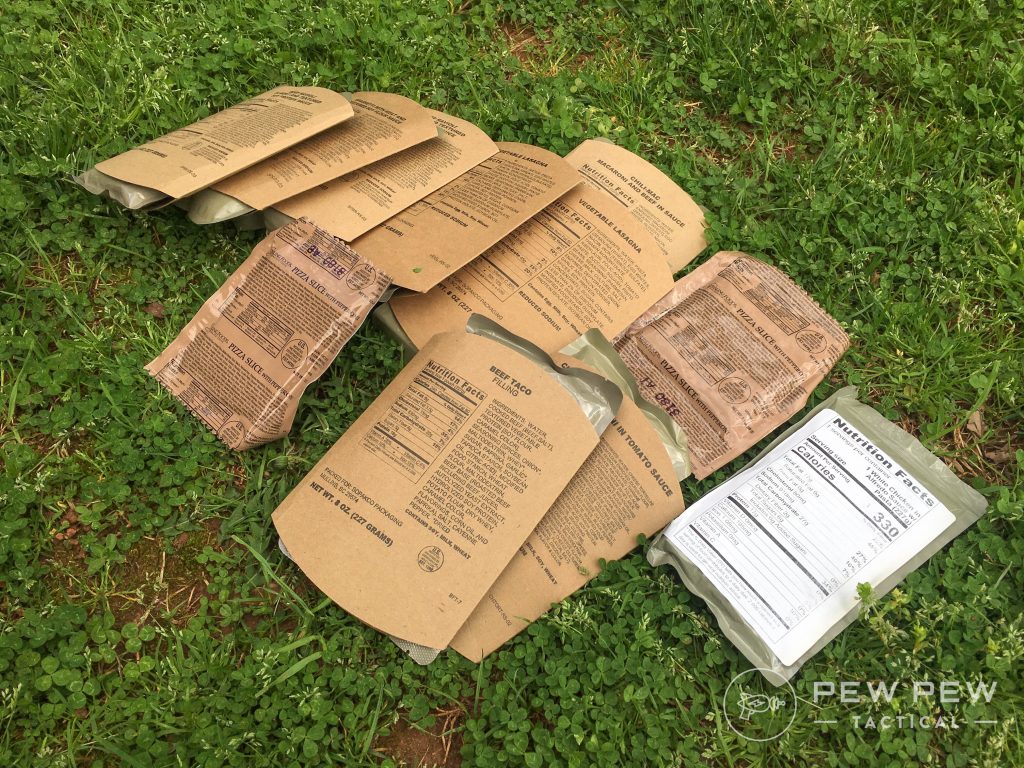
You need a minimum of three days’ worth of food and water for everyone in your home, including Fido.

Food should be non-perishable and easy to travel with – preferably, high-calorie foods that’ll keep you from losing weight and replace anything lost from exertion.
I prefer foods that are easy to snack on and can be eaten on the go.
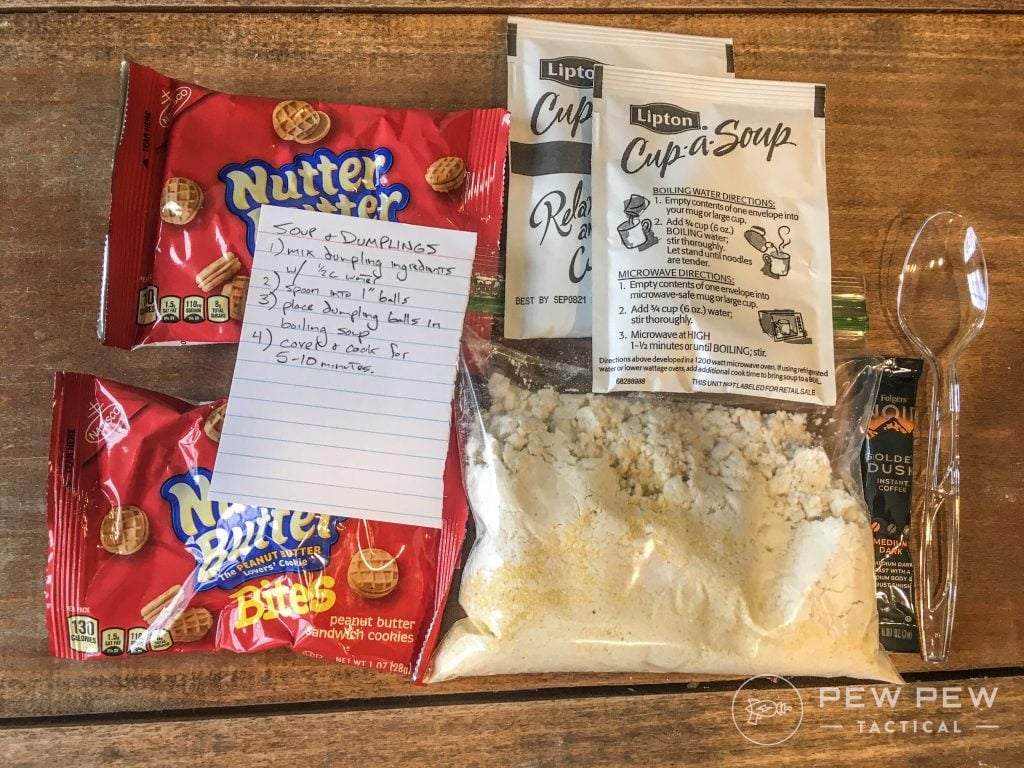
Survival foods from companies like Mountain House will do the trick, as will peanut butter and crackers. MREs are great but can be expensive.
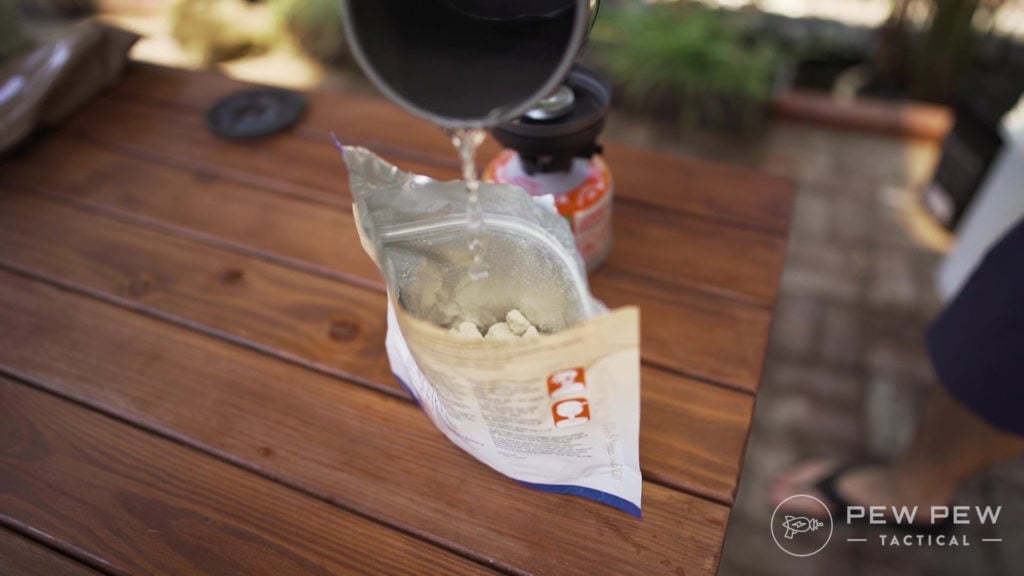
Check out our full review of some of the most popular MRE brands. Or learn how to put your own MREs together.
Water is water. Individual bottles are often better than gallon jugs as they are easier to carry and drink from. Admittedly, gallon jugs are cheaper.
A good mix of the two may be wise.
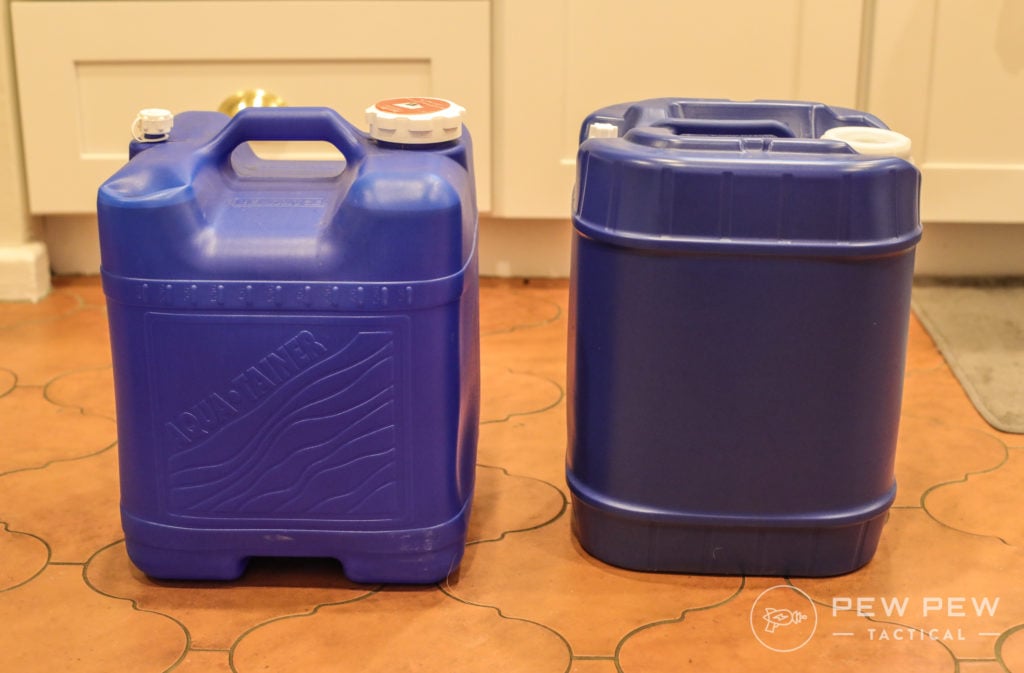
Download the FEMA App
FEMA may be our eventual overlords, but they also produce a great app that can send your phone alerts for your location.
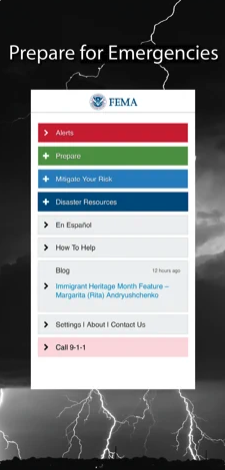
It’s small, seemingly non-intrusive, and handy for receiving notifications on demand.
Make a Plan
If you must evacuate, where are you going? How are you getting there?
Do you know an evacuation route? Do you have a secondary route? Do you have areas designated as shelters?
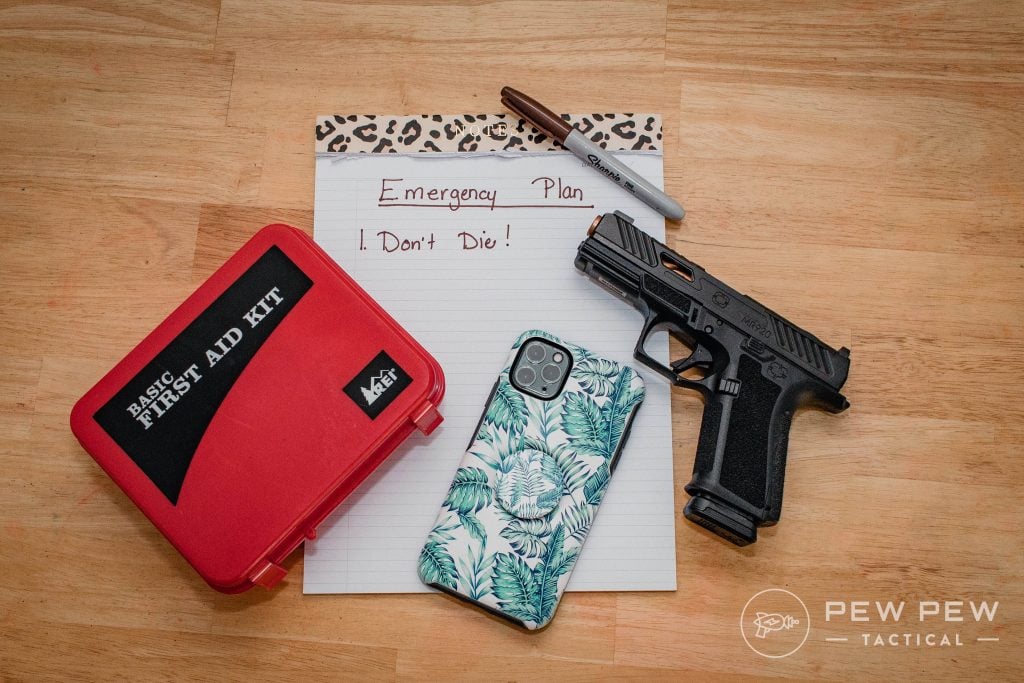
In my area, our local gas station is rated as an emergency shelter. I wouldn’t have known that if I didn’t research.
These are things worth knowing. Make a plan and ensure people in your home understand it.
Know where you’re going, how to get there…and make sure everyone else knows too.
Yard Work It
June through November is the Atlantic hurricane season, so you need to prep your yard ahead of hurricane season.
Yard work seems silly when it comes to prepping for a hurricane, but trust me, it’s valuable.
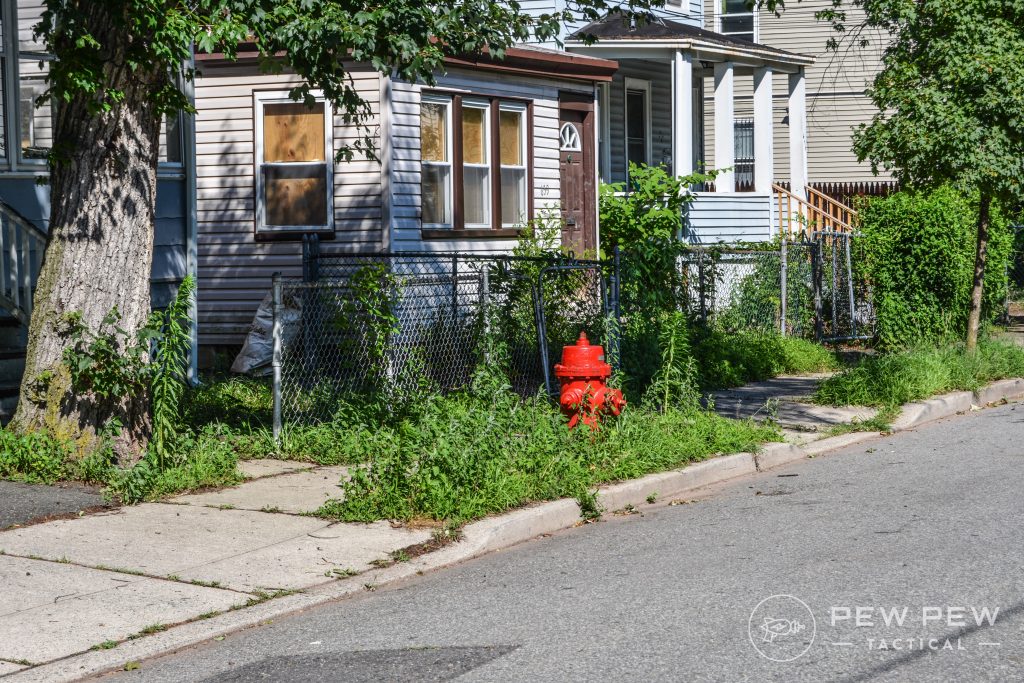
Trim trees and limbs to prevent them from falling or even becoming projectiles.
Clear your gutters to allow the water to flow naturally. This prevents misdirected flooding and potential home damage.
Keep kid’s toys, lawn ornaments, and more locked away. They can become projectiles when winds pick up to 100+ miles per hour.
What to Do When a Hurricane Hits
Have a Bug Out Bag Ready
A bug out bag, also called a go-bag, is useful if the hurricane sneaks up on you.
Every member of your family should have a bug out bag. If you have to bail from your home immediately, you grab and go.
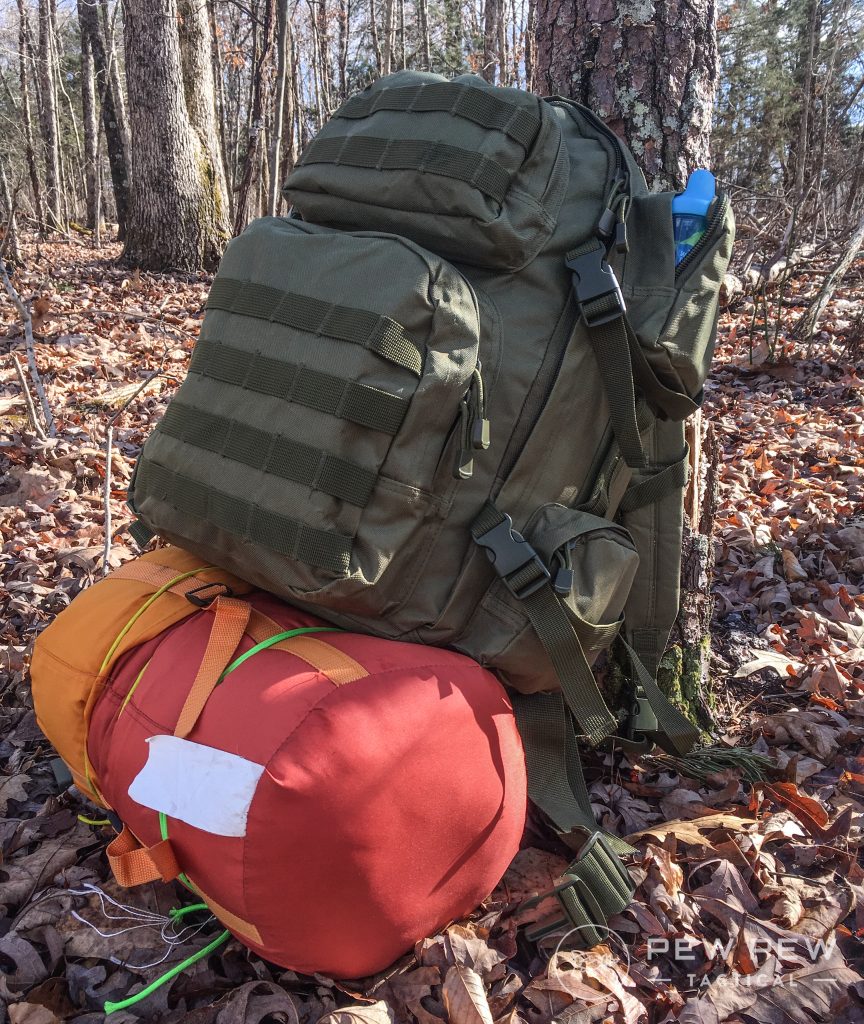
We have an entire article about bug out bags, but here is a quick rundown of some of the essentials.
- Weather appropriate clothing
- A good raincoat
- Food and water
- A flashlight (Streamlight Sidewinder for the win)
- Extra batteries
- A good knife (ESEE 4)
- Socks (Lots of them)
- Toilet paper
- Hygiene equipment
- First aid kits (North American Rescue rules)
Need a bug out bag better suited for a family? Check out our guide on building a family bug out bag.
Keep Situational Awareness High
In just 15 minutes, storms can dramatically change paths. It gets tiresome, switching between sighs of relief and waiting to hear the call to evacuate.
I know; I’ve been there myself many times.
However, checking the news once every half-hour is well worth it. Good situational awareness allows you to react with more time, and more time is a godsend.

Keep Tanks Full & Batteries Charged
The news could be reporting the likelihood of a storm a week out, and when that starts, it’s smart to keep things full.
This includes gas tanks, gas containers, cell phones, rechargeable portable batteries, and beyond.
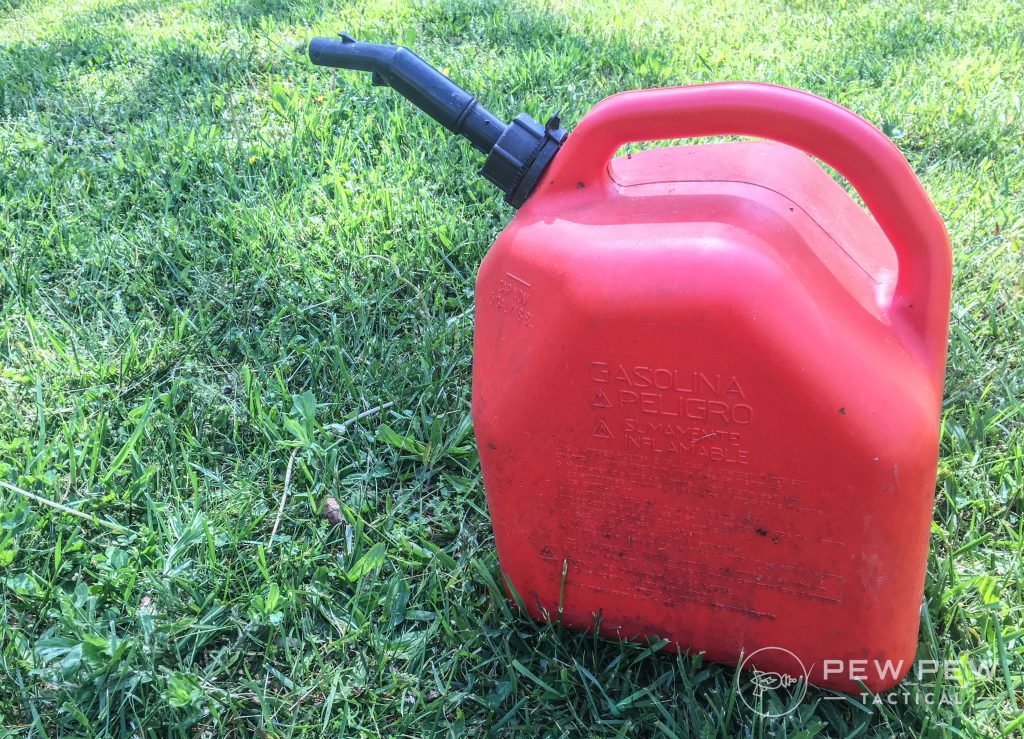
Start keeping things full and maintaining the discipline to do so. Those people who don’t plan drain gas tanks dry quickly when things get bad.
Pack Up
Once it looks like the storm is heading your way, it’s time to get proactive. Prepare for an evacuation order even before it’s issued.
The more you prep, the more time you’ll save.
First, it’s time to load your vehicle with the necessities — food, water, bug out bags, clothes, and some form of blanket and bedding if you must sleep in the car.
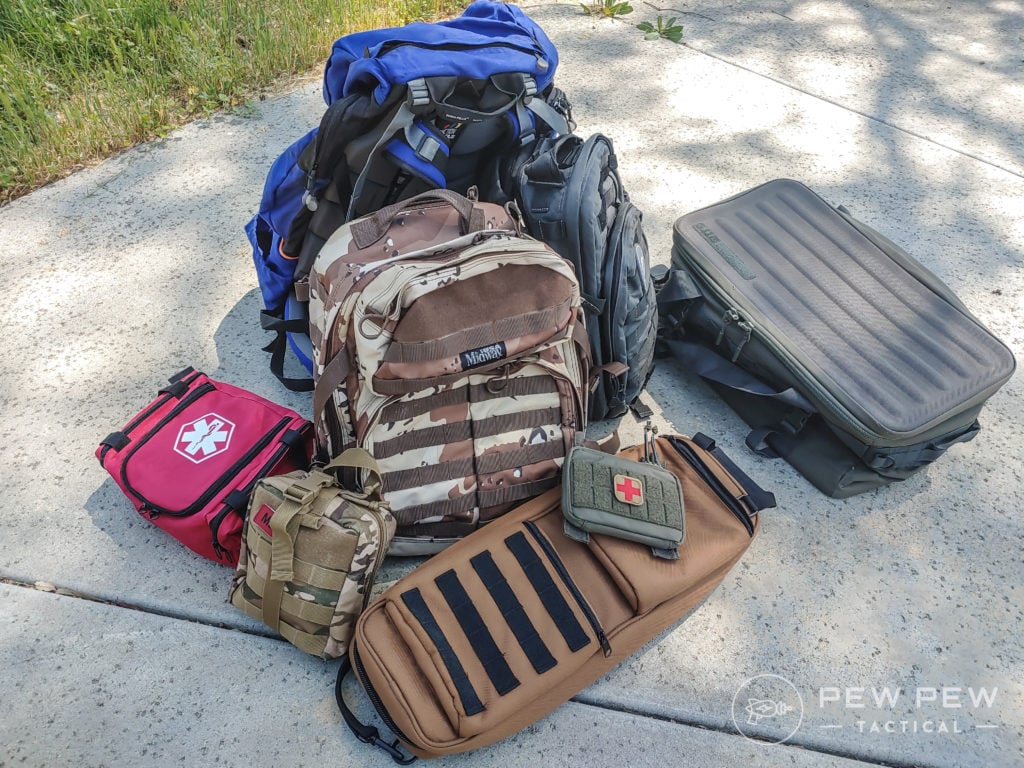
After the necessities are loaded, you can begin loading the not-so-essential goods.
It’s wise to pack valuables — firearms, tech, jewelry, or personal mementos. While these things are not necessities, their value makes them wise to protect from both theft and storm damage.
Obviously, do so safely and legally.
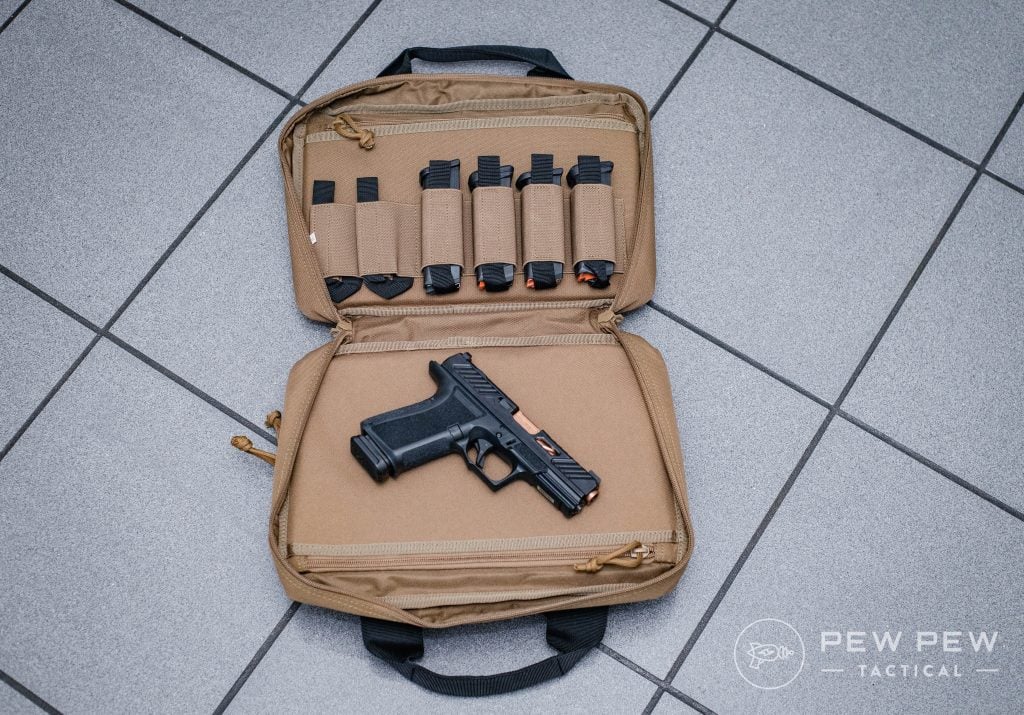
Prep Your Home
Once you’re packed up, you can start prepping your home too. If possible, board up windows, and close everything down. Lock up sheds, garages, and more.
Duct taping windows is an old myth. So, if you can’t board it up or close storm shutters, don’t use duct tape as a solution.

If you have expensive electronics, put them up high and away from windows. Hell, toss that TV on your bathroom counter. It’s likely to be quite safe.
You’re Stuck at Home
Somehow you missed every warning about hurricanes, and it’s on top of you. You’re in trouble, and you might be panicking.
If so, stop it. You can still accomplish some tasks to prevent the worst-case scenario.

Use as much time as you safely can to prepare your home. If possible, board up any windows at all, do so.
Focus on one room at a time, preferably starting with the one with the least amount of windows
Now you need to choose a room to hole up in while you wait out the storm. If you can, choose a room with few windows or any at all.
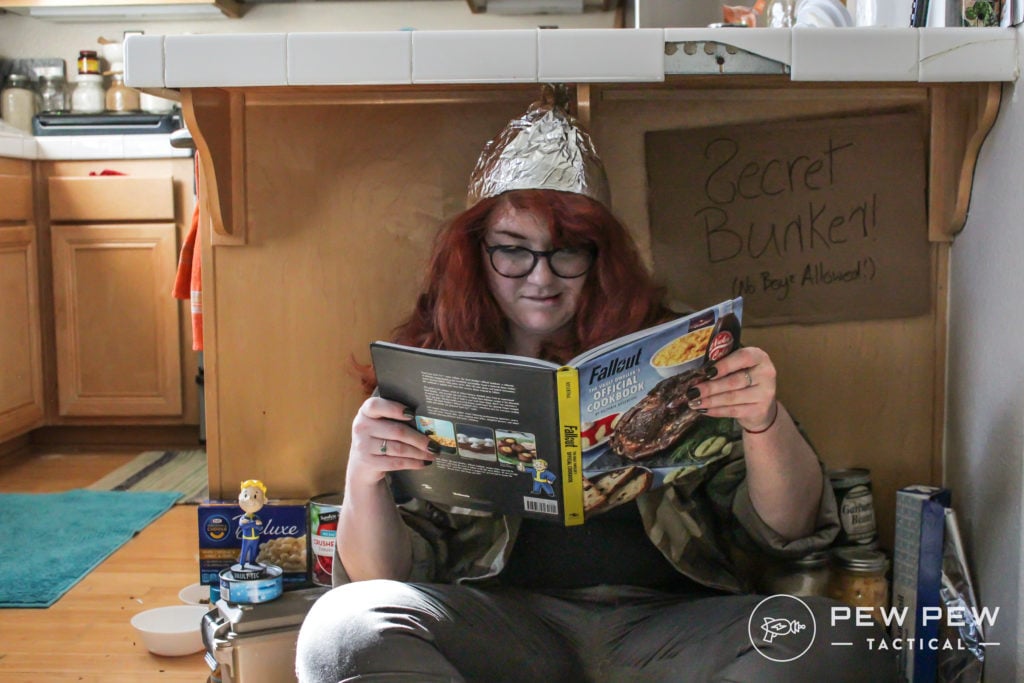
Bathrooms are a common and often wise choice. (Being able to use a toilet is nice.)
Once you choose a room, stock it with food, water, candles, flashlights, blankets, and other essentials.
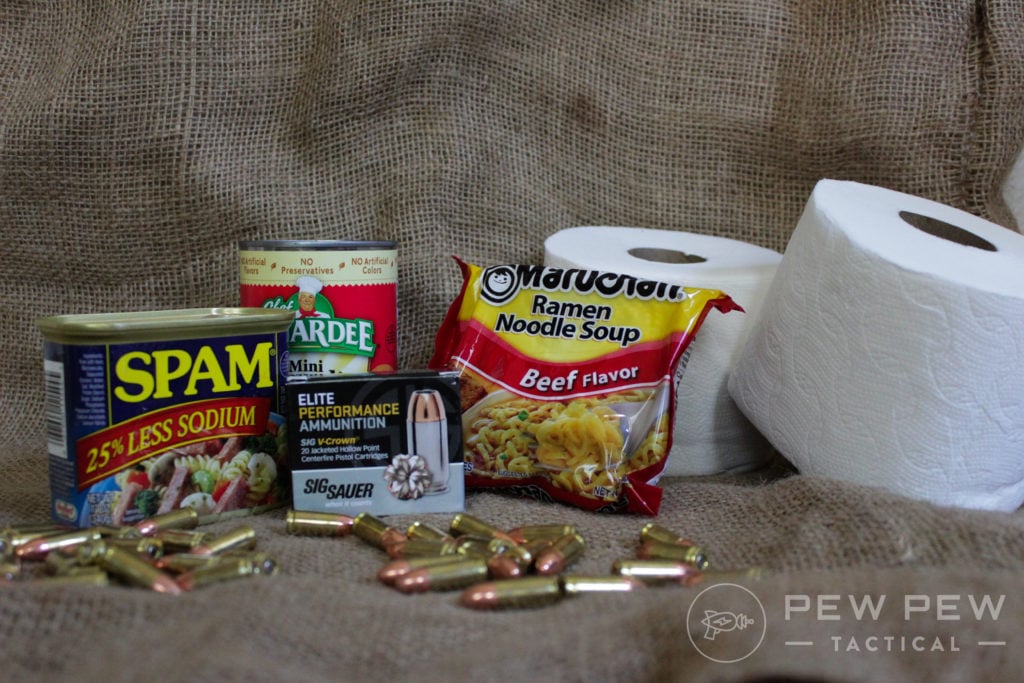
Include a book or two, bring chargers, a fire extinguisher, and anything else you may need to survive in a small room for an extended period.
Fill up any containers you have with water for drinking.
And don’t forget to fill the bathtub with water. Be warned soaps, hair, and more cling to the bottom of the tub. So, use this water for hygiene, flushing the toilet, and other tasks.
You can drink it in an emergency, but it should be boiled and filtered first.
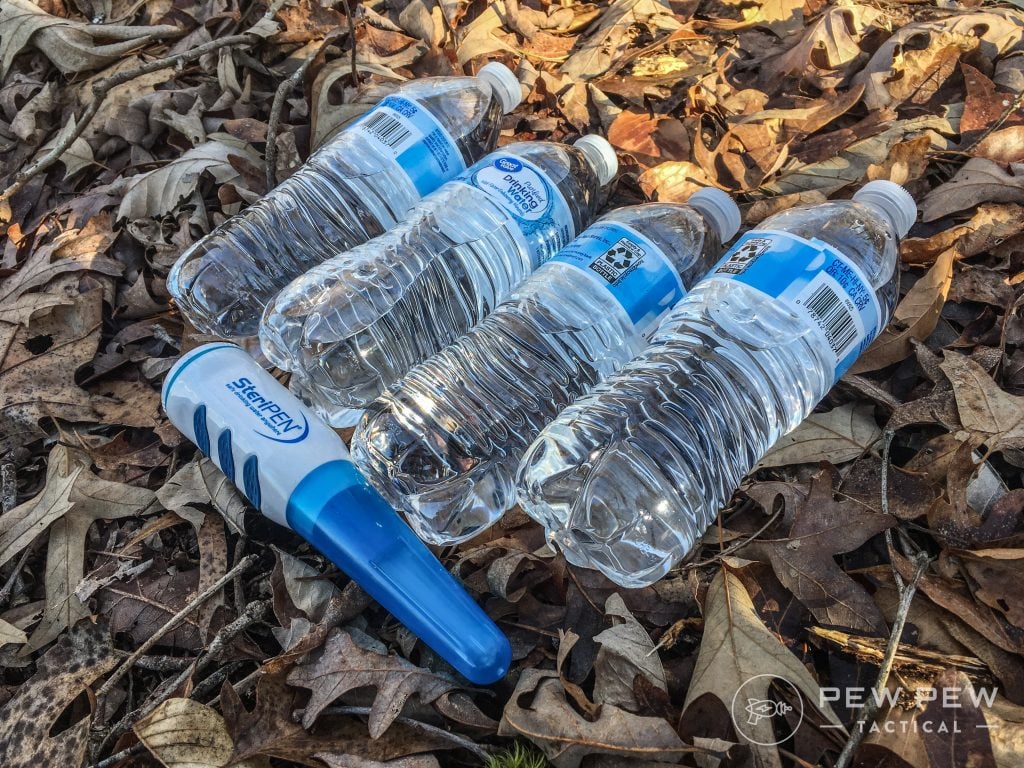
Following the hurricane, you need to see if the city or county issued a warning. Tap water can become contaminated after a hurricane and unsafe to drink.
After that, prepare to bunker down. All you can do is stay put and wait it out at this point.
Final Thoughts
At a minimum, hurricanes are a massive pest knocking out power and communications for days.
At most, they destroy entire cities, causing massive and immediate homelessness, contaminating water, and resulting in death.
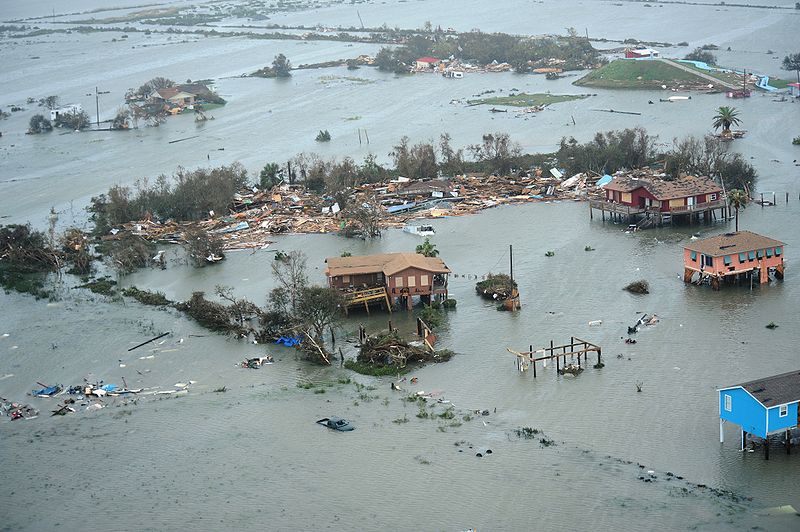
Preparation is 90% of the battle because you can’t exactly fight a hurricane. You have to deal with it. Being prepared, using some common sense, and exercising situational awareness are all brilliant tools to have at your disposal.
Forces of nature can’t be avoided or negotiated with, but they can be planned for.
What’s your plan? Any advice from seasoned hurricaners? Drop your advice below. For more survival articles, check out our Survival Category.

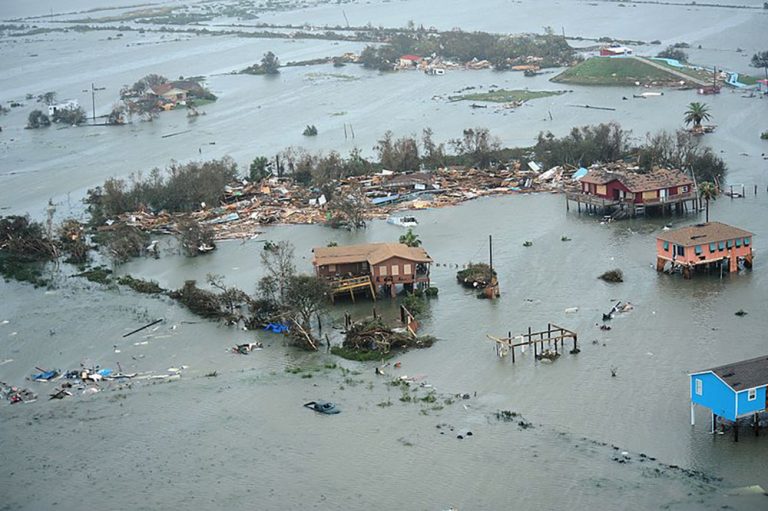








3 Leave a Reply
I was born and raised in New Orleans; everything you said is true.
Here are some things you can do that aren't already on the above list:
Stock up on canned goods - they are cheaper than MREs.
Get gas at the expensive gas station - the line will be very short.
I disagree about not duct taping your windows. If that's all you can do, at least it might prevent pieces of glass from flying everywhere. But I agree that duct taping windows is no substitute for boarding them up.
Leave early - the traffic leaving town is horrendous. And at some point, they close the highways, and all the hotels out of town are filled up.
Find out what the gun laws are in states you may evacuate to. If you won't be allowed to carry in one or more of them, you might want to choose another destination.
I wasn't in New Orleans when Hurricane Katrina hit, but I heard that New Orleans was confiscating people's guns. Be forewarned that the local government could try that.
Living in flyover land, much of this is the same for handling a tornado. The key is how to harden a home against the primary threat of wind and ocean surge.
Most along the coast seem to have no clue about their homes proximity to surge, and after viewing the 30 foot mark on Galveston from Ike, it should come to mind that yes, things can get that bad. Idalia was pushing 50% higher than forecast. Not knowing the potential for your neighborhood and actual site seems to be the #1 factor - when Houston was flooding from Harvey people remarked "We've lived here 20 years and never have seen it this high!" Well, the have now!
Goes to the current building code in Galveston is minimum 14' height above sea level, putting most new homes on piers and doubling building costs. Still no guarantee but insurance can't be had if you don't and won't be cheap.
With that in mind, carefully consider why it's so necessary to buy or build in a flood zone. Says a guy who bought on a hilltop yet has had water in the downstairs 3 times in 20 years. We have adopted a lot of tips and hacks - no storage on the floor, it must be elevated to clear the water line. We have continuously upgraded berming, landscaping, guttering, and planning another driveway upgrade to divert water intrusion. Our choice of flooring, type of sheetrock used, and how it's installed to allow water to drain is considered. We plumbed and wired top down, to keep electrical etc away from the high water line.
High winds involve durable roofing and correct installation, plus fastening down edges to prevent uplift, and unlike the video of cars flipping on the roads leaving Florida, knowing when to leave - early - is important. That plan of where to go, have enough gas to get there, and how to avoid jamming up, empty gas stations and what routes to take requires some study. Post hurricane is a great way to see that smart way out of town might have led to a low water crossing or some other trap. Happens even here in the Ozarks, the last rain before a local low water bridge was bypassed had two cars swept off and one woman was stranded in a flooded creek for 12 hours overnight. That bridge has been their 75 years and she and others still took it with water over her hubcaps.
Post high water, expect all sorts of critters out and about as their underground homes are flooded, they will be around and looking for a new one. Debris will be everywhere, flat tires become common, and repair services overloaded with a surge in demand. Don't go out in the first week for sight seeing, don't worry, your neighbors will be posting it all online and the looters arrive within minutes anyway.
Good luck, there really is no "safe" place to live, it's a matter of making the least worst choice.
Well done Travis.